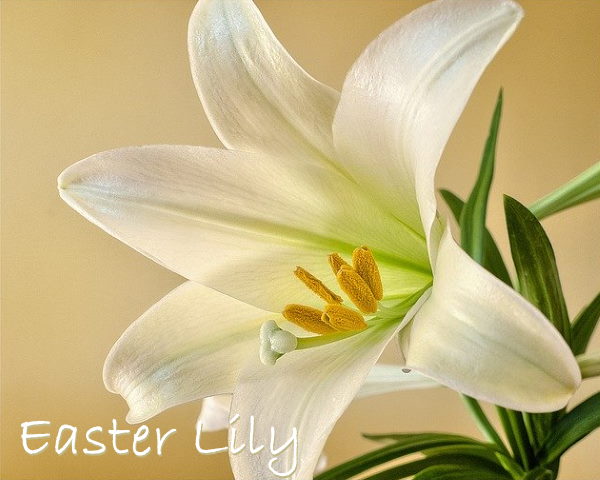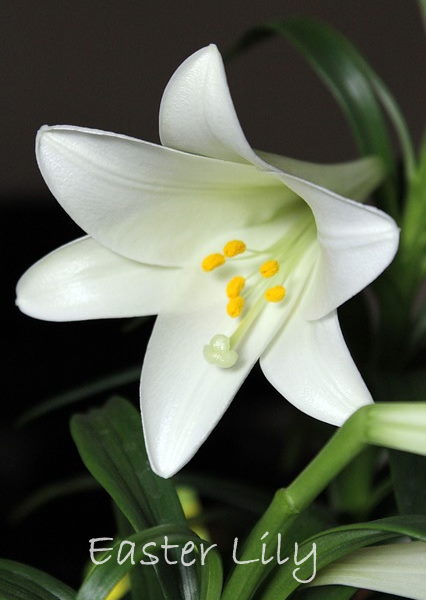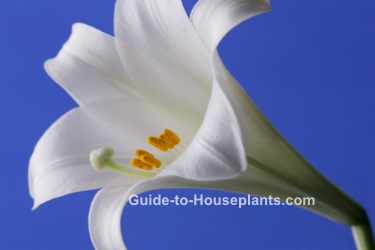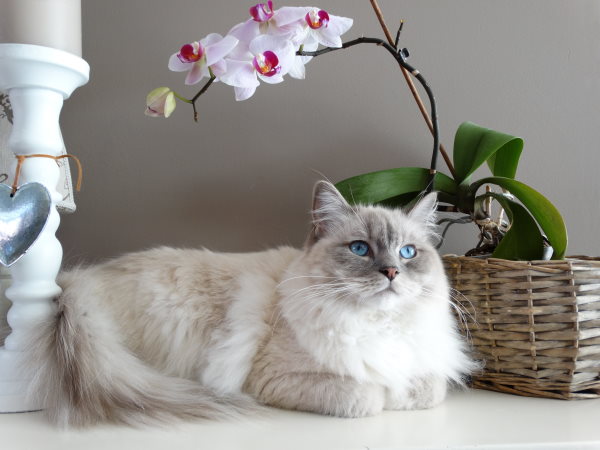Easter Lily Care
Easter lily care tips for growing these holiday lilies indoors. Here, you'll discover how to coax blooms, make them last, plus how to plant Lilium longiflorum bulbs outdoors.
 Pristine white trumpets of the Easter Lily plant herald the holiday.
Pristine white trumpets of the Easter Lily plant herald the holiday.Get to Know Easter Lilies
Known by their botanical name Lilium longiflorum, these gorgeous flowering plants are native to Japan.
Pots of big, beautiful trumpet-shaped blooms are a traditional Easter decoration or gift. The pristine white flowers symbolize purity and life.
How big do Easter lilies get? You can expect them to reach up to 3 ft (90 cm) tall.
How long do the flowers last? With these Easter lily care tips, you'll keep your flowers fresh for 3-4 weeks or more.
Are you buying an Easter lily? Choose a plant with plenty of unopened buds and you'll enjoy at least a month of fresh flowers. Avoid plants that look wilted -- a sign of over- or under-watering.

Here are some tips to get the most out of your potted lilies.
When you bring your potted plant home, take off the plastic sleeve right away to provide good air circulation.
Also remove the foil covering from the pot so that the drainage holes are not blocked. Easter lily won't tolerate soggy soil, which will cause the bulb to rot.
Cut off spent flowers to keep your plant looking its best and to coax more blooms.
Prolong the Bloom

As soon as the flowers open all the way, cut off the anthers.
This will prolong the life of the flower and also prevent the pollen from falling on the furniture or floor.
Easter lily bulbs won't bloom again indoors. If you want to keep them, you can replant the bulbs outside. They're cold-hardy to Zone 5. Although professional greenhouse growers force them into bloom before the spring holiday, you can expect your lilies to bloom outdoors in early summer, their natural bloom time.
Tips for Planting and Growing Easter Lilies Outdoors
- Plant your bulbs in the garden as soon as danger of frost has passed. Don't store them because lily bulbs don't go dormant.
- Choose a bright location where the plants will get at least a few hours of direct sun.
- Plant the bulbs 6 inches (15 cm) deep in rich, well-drained soil, 12 inches (30 cm) apart.
- Water well and fertilize once a month in spring and summer.
- Deadhead flowers as they fade and cut stems back after the foliage has turned yellow.
- Mulch plants in cold climates in winter to protect them. Remember to remove the mulch covering in spring to allow the new shoots to grow.
When planted outside, and with good Easter lily care, you'll enjoy flowers for years to come.

Easter Lily Care Tips
Light: Bright, indirect light indoors
Water: Keep soil lightly moist while it is in bloom. It's a good idea to use a pot with a drainage hole to avoid soggy soil, which can cause the bulb to rot. Empty drainage tray so that pot is not standing in water.
Humidity: Average indoor (around 40% relative humidity).
Temperature: Keep your lily plant on the cool side to help prolong the blooms. A room temperature of 60-65°/16-18°C is ideal.
Soil: Peat moss based potting mix
Fertilizer: Not necessary unless you transplant the bulbs outdoors. Feed monthly with a balanced water-soluble fertilizer.


